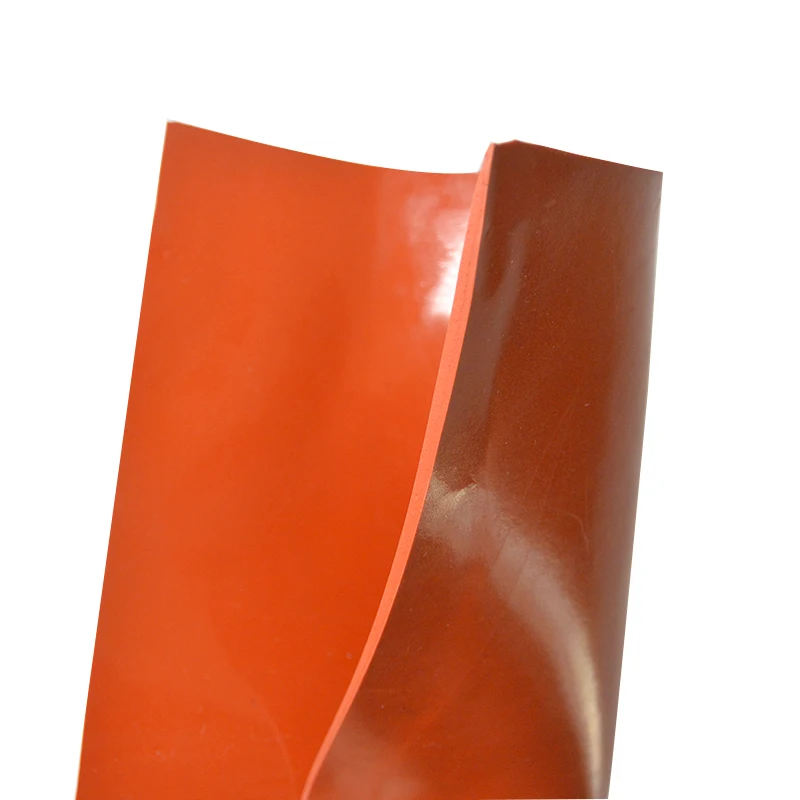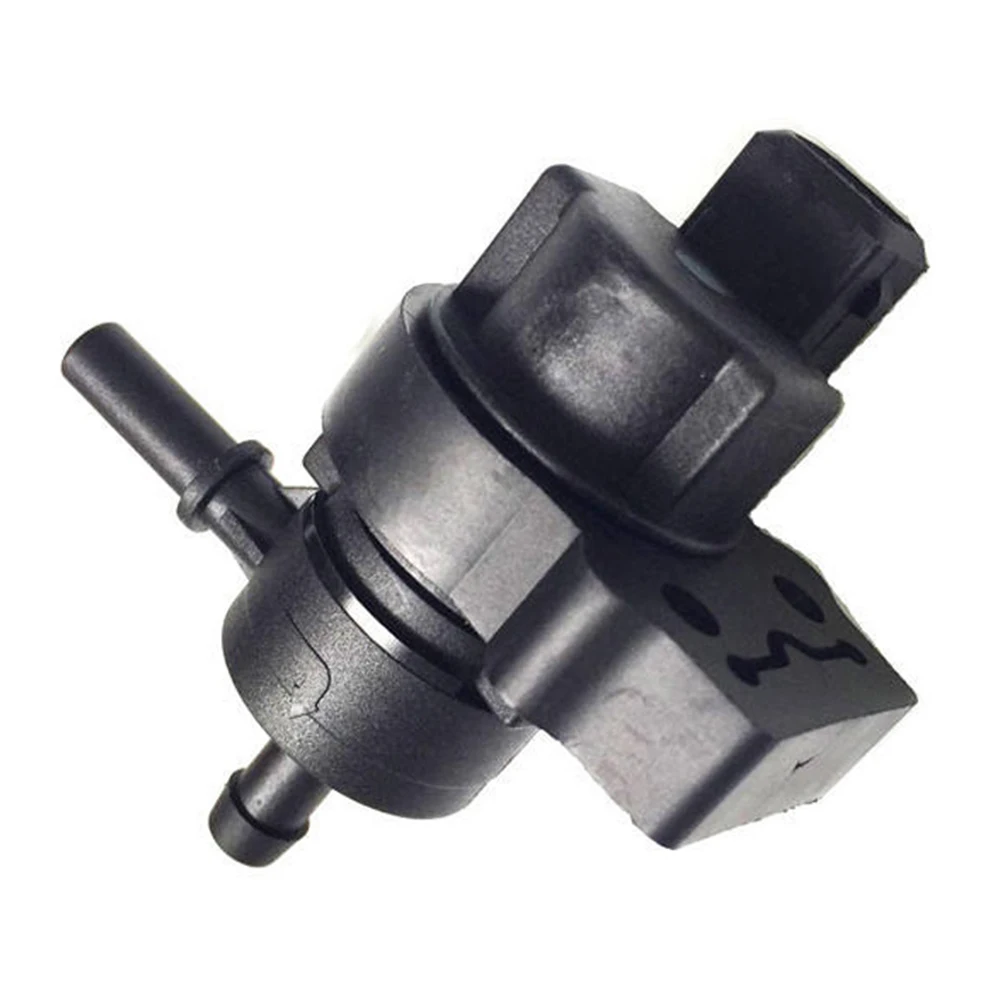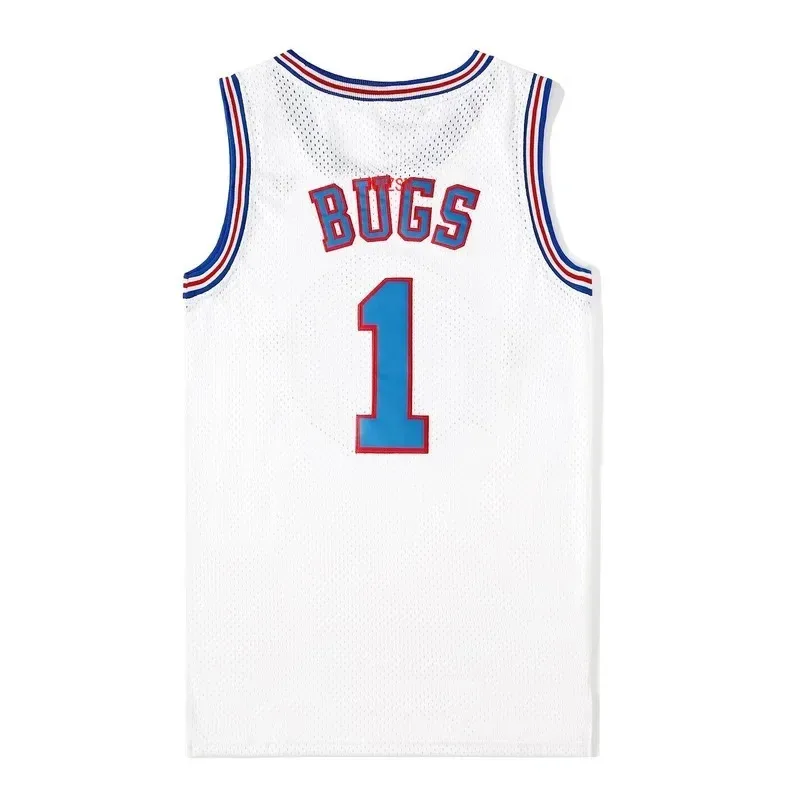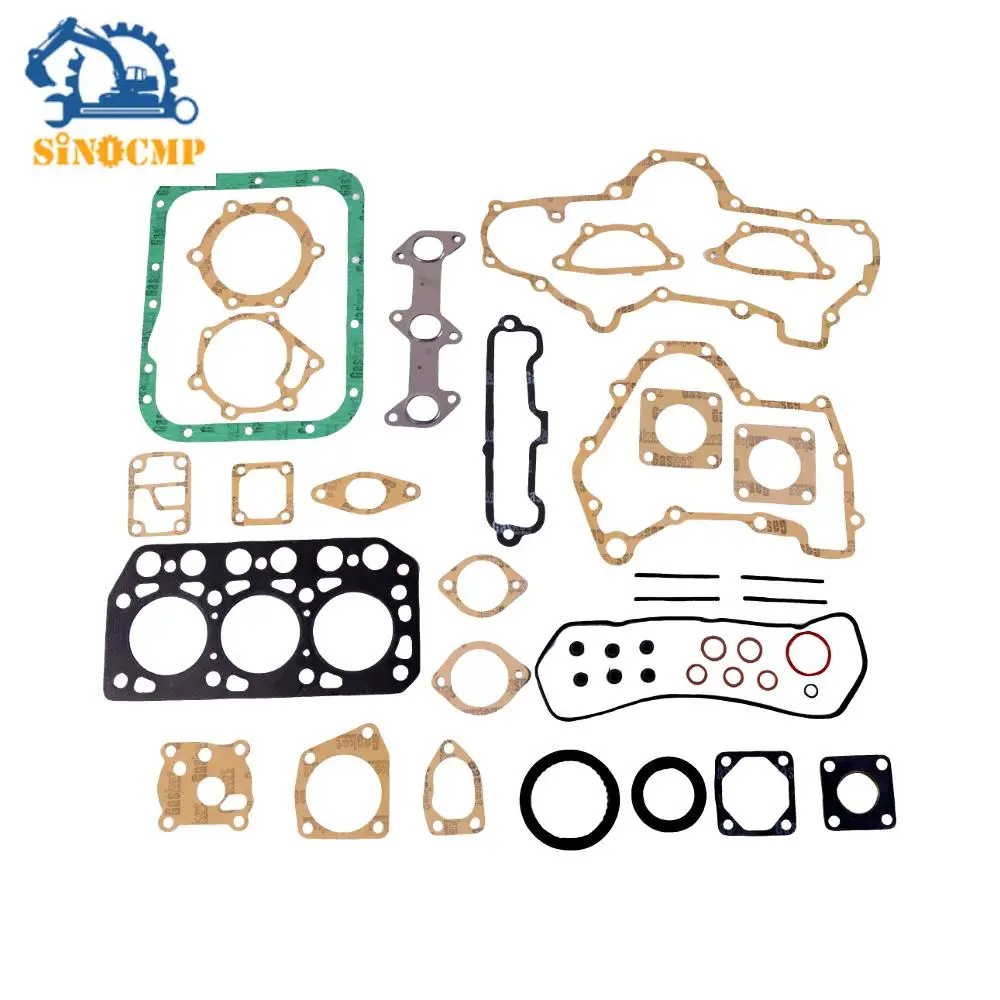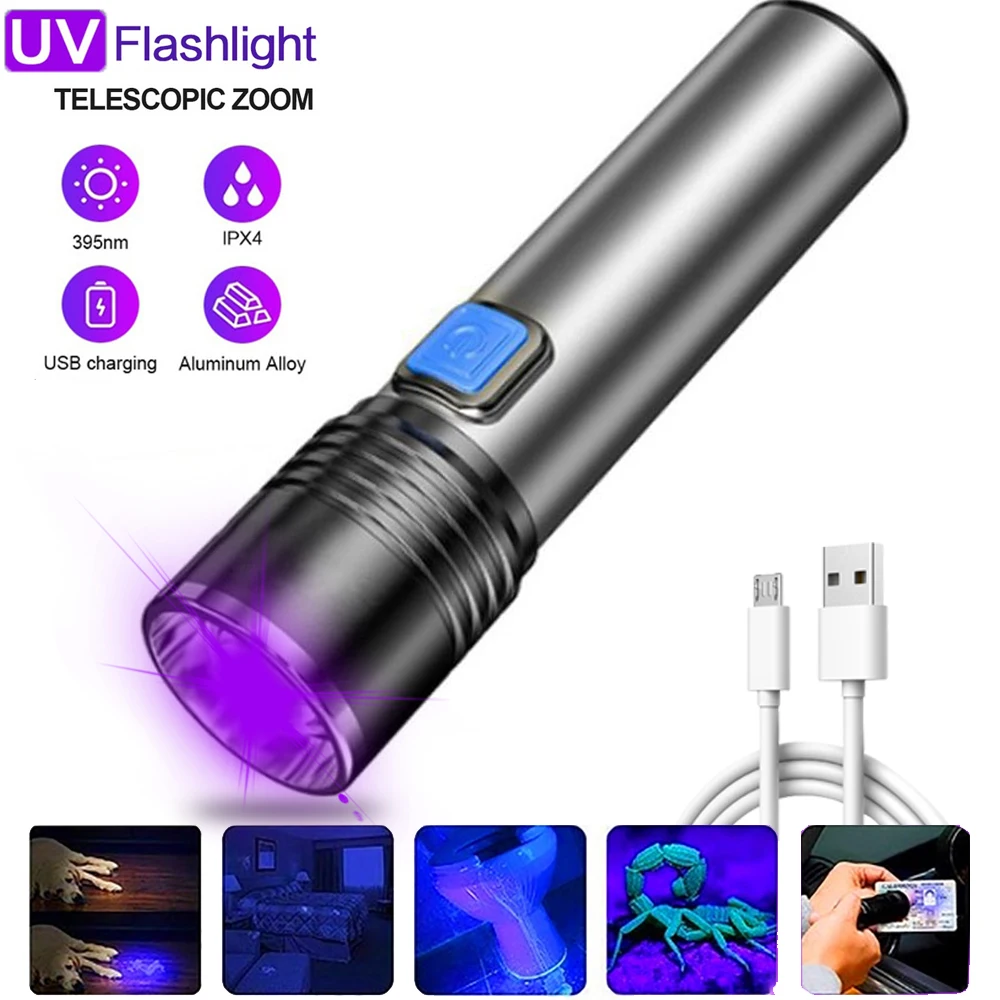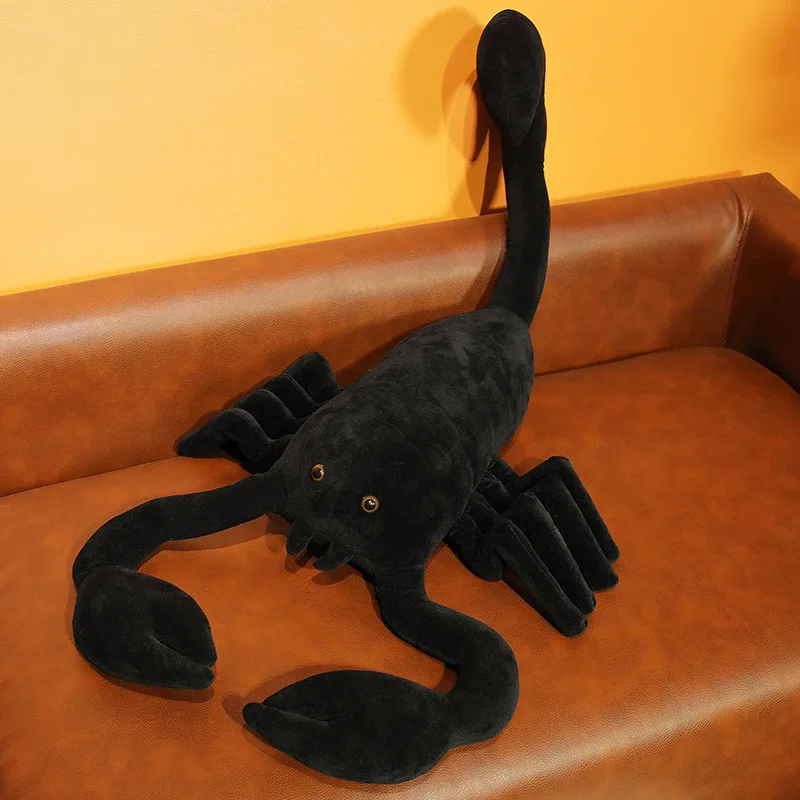Полиуретановое гидроизоляционное покрытие на водной основе для
- Категории: >>>
- Поставщик: Beijing,Rongguan,Jiaye,Technology,Co.,Ltd.
Поделиться:
Описание и отзывы
Характеристики
Singles polyurethane waterproof coating
Category : Terms are not classified yet



The polyurethane waterproof coating is an isocyanate group-containing prepolymer which is formed by addition polymerization of isocyanate, polyether, etc., and is prepared by a process such as mixing with a catalyst, an anhydrous auxiliary agent, a water-free filler, a solvent, and the like. One-component polyurethane waterproof coating. This type of coating is a reaction-curing (moisture-curing) coating with high strength, high elongation, and good water resistance. Strong adaptability to deformation of the base layer. Polyurethane waterproof coating is a one-component environmentally friendly waterproof coating for liquid construction. It is based on imported polyurethane prepolymer and has no additives such as tar and asphalt. It is cured by contact with moisture in the air, forming a strong, tough, seamless, integral film on the surface of the substrate.
Basic Information
Chinese name
One-component polyurethane waterproof coating
category
Waterproof coating
N220 molecular weight
2000
Synthetic material
Isocyanate, polyether
table of Contents
1 main raw materials
2 experiment
3 influencing factors
Folding and editing the main raw materials of this paragraph
Polyoxypropylene diol, N-220, molecular weight 2000, industrial grade; polyoxypropylene triol, N-330, molecular weight 3000, industrial grade; toluene diisocyanate (TDI), 80/20, industrial grade.
Fold edit this paragraph experiment
The accurately metered composite polyether polyol and polymerization inhibitor are added to a four-necked flask equipped with a thermometer and a stirrer, and evenly mixed, then accurately metered TDI is added, stirred for 20 minutes, and heated to about 80~C. 2h. The filler, pigment, plasticizer and remaining are then added in sequence. TDI was stirred at 70 ° C for 90 min. The temperature was lowered to 50 ° C. The catalyst and organic solvent were added. After stirring for 30 min, the material was ground and sealed.
Mix the one-component polyurethane waterproof coating evenly, weigh the appropriate amount of the sample, apply it evenly on the mold with the release agent, and apply it in 2~3 times to make the final coating thickness about 1.5mm. Each time the coating is performed after the last coating is dry. After the last application, it was placed at (23 ± 2) ° C, relative humidity 65% ± 15% (standard conditions) for 7 days and then tested according to the standard.
Folding and editing the factors influencing this paragraph
1 Selection of Isocyanate A polyurethane is prepared, and the isocyanate can be selected from various isocyanates such as 2, 4 or 2, 6-position mixed toluene diisocyanate (TDI) and 4,4'-diphenylmethane diisocyanate (MDI). MDI is solid at room temperature. It is difficult to process the process when synthesizing polyurethane. The choice of liquefied MDI is larger and the cost is higher. TDI is not only cheaper but also more convenient to use.
2 Polyol Selection Polyols mainly include polyether type and polyester type. Polyesters synthesized by polyester polyols have higher tensile strength and lower elongation, although they have good weather resistance, superior physical properties and Thermally stable, but not resistant to hydrolysis, and high in price. The synthetic polyurethane materials such as polyether polyoxypropylene diol and polyoxypropylene triol are soft, have high elongation, and have good hydrolysis resistance. By using an appropriate amount of difunctional and trifunctional polyalcohol, the tensile strength, elongation, flexibility, hardness, and the like of the coating film can be improved.
Effect of 3NCO amount on performance The amount of NCO should be controlled within a suitable range. Too high can increase the crosslink density and solvent resistance of the coating film, and the tensile strength is also high, but the coating film is hard, brittle, and not resistant to impact. The elongation is small. The coating film formed too low is soft and sticky, has low tensile strength, and has low water resistance and chemical resistance, and is preferably 2% to 10%.
4 The influence of reaction time As the reaction time increases, the viscosity of the prepolymer increases, and the viscosity increases rapidly after 3h. It may be that the linear prepolymer has a cross-linking reaction. For this reason, the reaction time should be controlled no more than 3h.
5 The influence of reaction temperature The initial temperature of the reaction is 80 ° C, the reaction temperature is below 120 ° C, and the carbamate is mainly formed at temperatures below 120 ° C. Branching and crosslinking reactions may occur above 120 ° C.
6 The effect of filler on product performance Commonly used fillers should be inorganic fillers without crystal water, such as fumed silica, talc, calcium carbonate, carbon black, bentonite and so on. Calcium carbonate is generally selected from light calcium carbonate. As the amount thereof increases, the fluidity of the coating film decreases, the elongation decreases, and the tensile strength increases. However, when the amount exceeds a certain value, the tensile strength also decreases.
Effect of 7DOP content on product properties Any plasticizer that is inactive with NCO and has good compatibility with polyurethane can be used. Dioctyl phthalate (DOP) can be used. The amount of plasticizer should be suitable, too much is easy to ooze out from the coating film, and the bonding strength is lowered; too little, the flexibility of the coating film is poor, and the hardness is not ideal. Within a certain range, with the increase of plasticizer dosage, the tensile strength of the sample does not change significantly, and the elongation of the sample increases.
8 The effect of the catalyst. In the one-component polyurethane curing system, there is a competitive reaction to NCO such as H2O, NH2 and urethane groups. The tertiary amine catalyst has high catalytic activity for the reaction of H2O with NCO, and the reaction emits more CO2, and the foaming property is large, and the storage period of the coating is short. Organotin compounds such as stannous octoate and dibutyltin dilaurate mainly promote the growth of the polymer chain, that is, promote the reaction between the isocyanate group and the polyol group, not only accelerate the synthesis of the polyurethane, but also do not need to be in the reaction product. Remove. It is suitable for temperatures up to 250 ° C and is a neutral, non-corrosive catalyst. Under the conditions of synthesis and application, the amount of catalyst should be minimized.
Effect of 9 polymerization inhibitors In the preparation of polyether polyols, a very small amount of basic catalyst is often added. In order to avoid the presence of certain alkaline substances in the raw material to cause gelation, a polymerization inhibitor is added at the initial stage of polyurethane synthesis, and the addition of the polymerization inhibitor significantly increases the storage stability of the coating. The amount of addition is generally from 0.1% to 1%.
Technical :
NO. | Item | Technical | ||
I | II | III | ||
1 | Solid content % ≥ | 85 | ||
2 | Drying time(Dry surface time) | 12 | ||
3 | Drying time(Actual dry time) | 24 | ||
4 | Tensile Strength | 2.0 | 6.0 | 12.0 |
5 | Elongation at break % | 500 | 450 | 150 |
6 | Impervious 0.3Mpa 30Min | No pass water | ||
7 | Low temperature bending ℃ | -35 | ||
8 | Bond strength Mpa | 1.0 | ||
9 | Leveling | 20Min ,No obvious tooth marks | ||
A.This feature does not apply to single component and spray applied products | ||||
Beijing RG Jiaye Technology Co., Ltd Room 1015, 10th Floor, Building 2, Qilin Club, Wangjing Street, Chaoyang District, Beijing, China WSAPP/Skype/Linkin/Wechat:+8613820933698 Email:will.wang<at>rgjytech.com Website:www.rgjytech.com
| ||||


